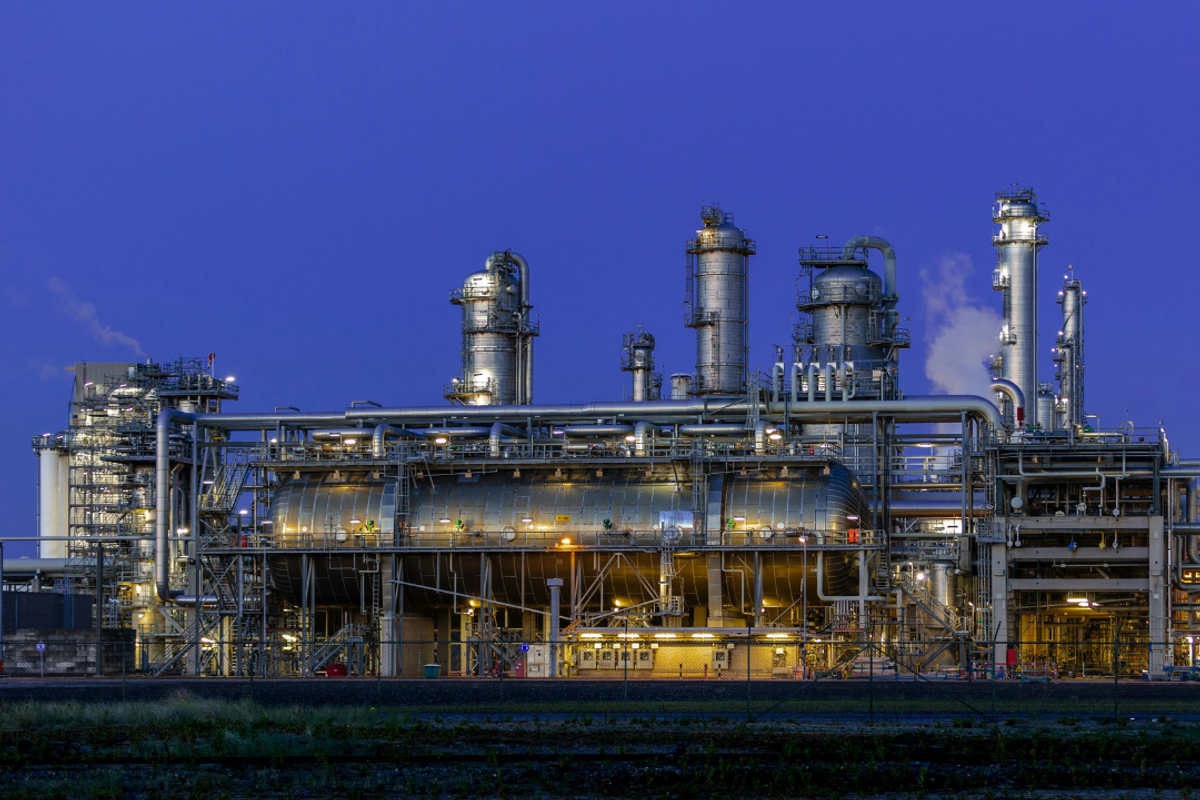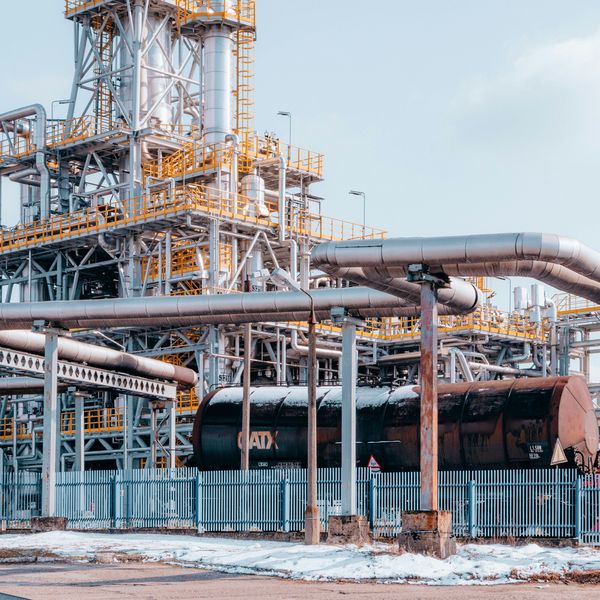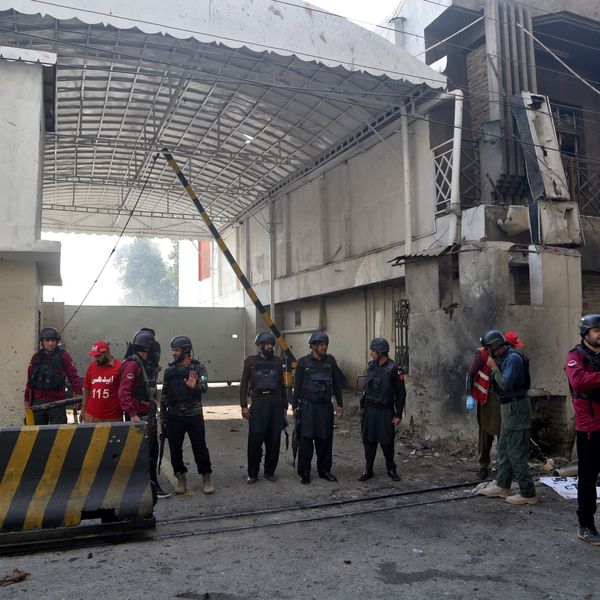Gas price hike offers relief to Pakistan's exploration and production sector
OGDC, PPL, POL earnings dip on lower oil prices, production
Business Desk
The Business Desk tracks economic trends, market movements, and business developments, offering analysis of both local and global financial news.

Pexels
The recent hike in domestic gas prices in July is expected to benefit Pakistan’s oil and gas exploration and production (E&P) sector by streamlining gas sales collections, though risks from reduced Regasified Liquefied Natural Gas (RLNG) supplies threaten to offset some of the gains, industry analysts said on Thursday.
RLNG curtailment continues to hamper output from existing wells and delay new developments, particularly in Zone-1, a key area for future hydrocarbon exploration. With the next RLNG price review not due until March 2026, dull production volumes are expected to persist through fiscal year 2026.
Despite the pricing tailwind, the sector faces earnings headwinds in FY25 due to lower global oil prices and falling production. Average oil prices slipped 13% year-on-year, while hydrocarbon output declined by 8%, pushing down earnings across key players.
The June quarter highlighted the operational strain, with oil production averaging 58,000 barrels per day, a 9% sequential decline, and gas production falling 8% quarter-on-quarter to 2,700 million cubic feet per day. RLNG oversupply further compounded the issue.
Although Pakistan LNG Limited cargoes were diverted, take-or-pay obligations led to the suspension of roughly 300 MMCFD of domestic gas in the Potwar and Suleman basins, impacting profitability at Oil and Gas Development Co. Ltd. (OGDC), Pakistan Petroleum Ltd. (PPL), and Pakistan Oilfields Ltd. (POL).
Power demand dynamics have also shifted unfavorably. Many captive power plants transitioned to grid supply, while utilization at the four major RLNG power facilities fell to 56% in the fourth quarter from 66% in the same period last year, curbing gas offtake.
Exploration expenses rose sharply during FY25, surging 31% year-on-year. OGDC’s exploration budget soared 87% due to eight drywells and intensified seismic activity. POL recorded a PKR 7.6 billion drywell expense in the first quarter.
Conversely, MARI Gas saw stable exploration costs, while PPL’s spending dropped 31%.
The year concluded with two additional drywells—Rajahu-South-1 and Chak 263-1, both under OGDC.
Overall, the sector drilled 53 wells—23 exploratory and 30 development—missing its annual target of 67.
According to estimates by Optimus Capital, OGDC is projected to post an earnings-per-share of PKR 8.16, down 26% quarter-on-quarter and 7% year-on-year. The drop is attributed to weaker oil prices, curtailed production, and elevated exploration expenses. The company is expected to announce a dividend of PKR 5 per share, supported by healthy cash flows.
PPL is forecast to earn PKR 7.46 per share, reflecting a 7% quarterly decline but a 13% year-on-year rise, owing to the absence of drywell costs recorded in the same period last year. Analysts expect a dividend of PKR 3 per share.
MARI’s projected EPS stands at PKR 10.19, down 23% quarter-on-quarter and 52% year-on-year, dragged by lower oil prices, production cuts due to SNGPL-induced curtailments, and a 15% royalty surcharge on its D&PL operations. Dividend expectations for MARI are at PKR 20 per share.
POL is expected to report an EPS of PKR 20.12, a decline of 14% from the previous quarter and 38% from the prior year, driven by softer oil prices and a marginal dip in output. The company is projected to announce a final dividend of PKR 50 per share.










Comments
See what people are discussing